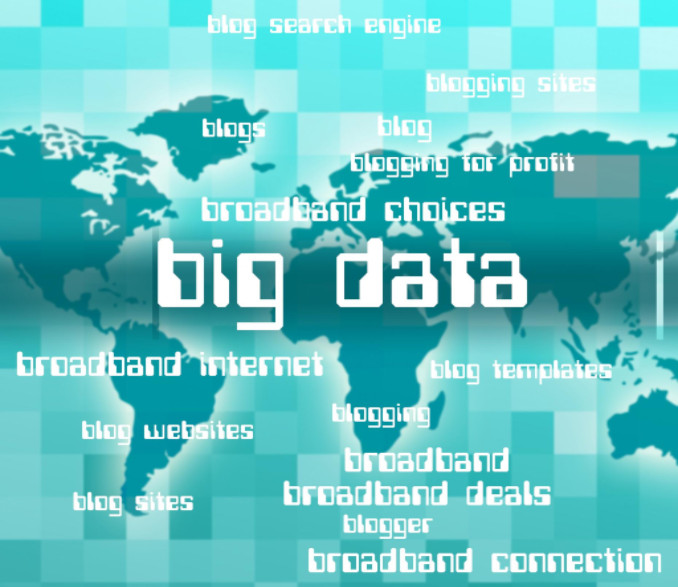
Not only has big data analytics brought greater efficiency and lowered operating costs across many industries, but it’s also helping to reduce government spending (something most Americans will be able to agree is a good thing).
Below are just some of the ways the government has used big data analytics to improve efficiency:
Health
To figure out patterns of illness, specifically foodborne illness outbreaks, the Food and Drug Administration (FDA) employs big data analytics to respond to outbreaks of foodborne illness quickly; thus, reducing annual death and sickness rates.
Additionally, the Veterans Health Administration (VHA) recently began tracking the health of veterans using health-tracking wristbands. This allows doctors to track (and even anticipate) where illnesses and/or crises may occur in order to implement preventative measures.
Budget
Reducing spending is at the core of the government’s use of big data analytics. The Social Security Administration (SSA) is using big data to help prevent fraud – particularly in terms of fraudulent disability claims.
The Securities and Exchange Commission (SEC) is also using big data analytics to discern illegal trade practices.
Additionally, the Internal Revenue Service (IRS) can utilize big data analytics to screen for fraud and to predict where security breaches may occur.
Security
Lastly, data analytics can make security in the U.S. stronger than ever. The technology now exists for video footage to be screened for body language and to read facial features from still images. This could decrease the amount of time it takes for crime response.
One example of how these technologies are making security stricter is the response time in the 2013 Boston Marathon bombing aftermath.